Cleaning Up Telephone Wiring
ntl1991
13 years ago
Related Stories
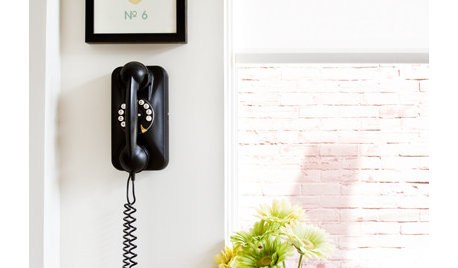
ACCESSORIESVintage Modern Elements: Telephones
Add Memories of Long Chats and Party Lines to Your Home Décor
Full Story
DIY PROJECTSHide All Those Wires in a DIY Charging Station
Keep your gadgets handy and charged with a flexible storage board you can design yourself
Full Story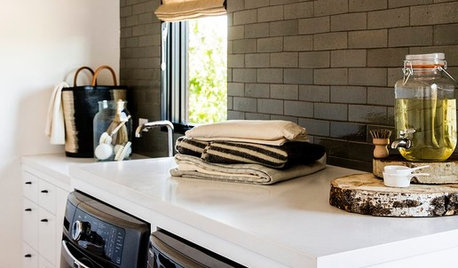
HOUSEKEEPINGClean Up Your Cleanup Zones
Make chore time more pleasant by tidying up your laundry room and updating cleaning tools
Full Story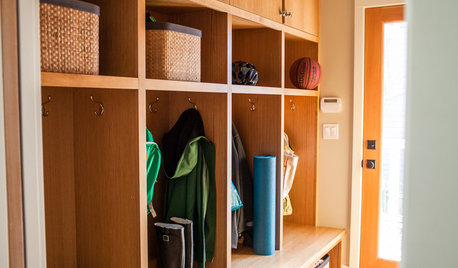
THE HARDWORKING HOMEMudrooms That Really Clean Up
The Hardworking Home: Houzz readers get down and dirty with their ideas for one of the home’s hardest-working rooms
Full Story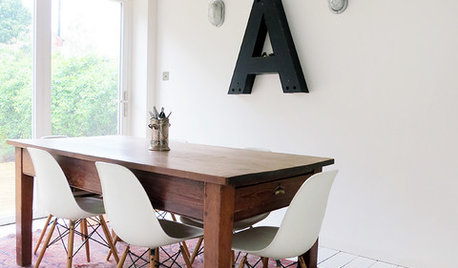
HOUZZ TOURSHouzz Tour: An Eclectic London Townhouse Cleans Up
White finishes strategically juiced up with color give a newly renovated Victorian graphic style
Full Story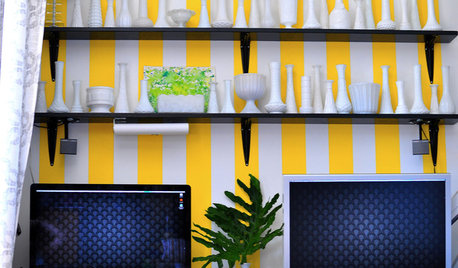
ACCESSORIESHow to Hide Those Messy Wires
Untangle Yourself From Ugly Electrical Cords With a Few Tricks and Accessories
Full Story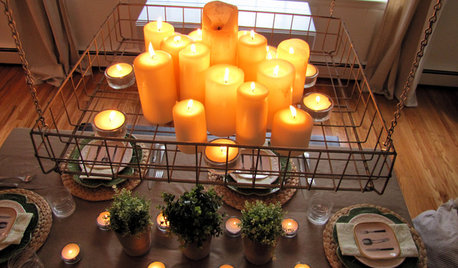
DECORATING GUIDESFlea Market Finds: Wire Baskets
Turn Rustic-Industrial Pieces Into Chandelier, Pendant or Mobile Centerpiece
Full Story
KITCHEN STORAGEGet It Done: How to Clean Out the Pantry
Crumbs, dust bunnies and old cocoa, beware — your pantry time is up
Full Story
HOME OFFICESHome Offices: How to Set Up a Great Workspace for Two
See how to design a comfortable home office for both independent work and creative collaborations
Full Story
HOUSEKEEPINGHow to Clean Your Range and Oven
Experts serve up advice on caring for these kitchen appliances, which work extra hard during the holidays
Full Story









yosemitebill
ntl1991Original Author
Related Professionals
Burlington General Contractors · Avon Lake General Contractors · Jefferson Valley-Yorktown General Contractors · Azalea Park Solar Energy Systems · Verona Solar Energy Systems · Berkley Home Automation & Home Media · Fayetteville Home Automation & Home Media · Garden Grove Home Automation & Home Media · Hanover Home Automation & Home Media · Keller Home Automation & Home Media · Laguna Hills Home Automation & Home Media · Melrose Home Automation & Home Media · Miami Springs Home Automation & Home Media · Orlando Home Automation & Home Media · Washington Home Automation & Home Mediakurto
yosemitebill
ntl1991Original Author
brickeyee
yosemitebill
ntl1991Original Author
weedmeister
ntl1991Original Author